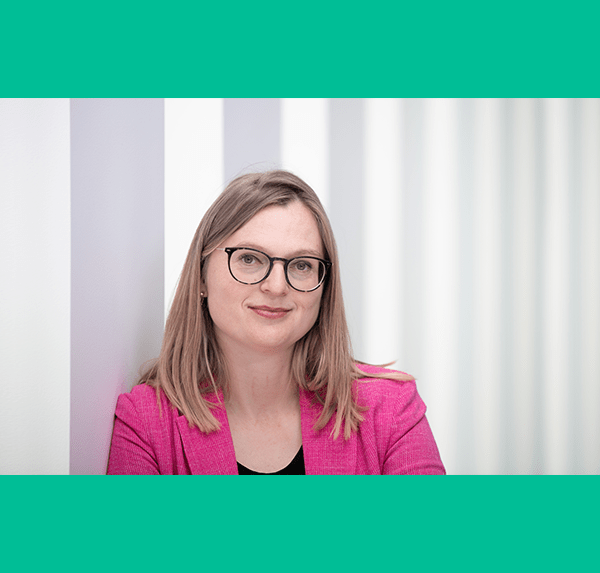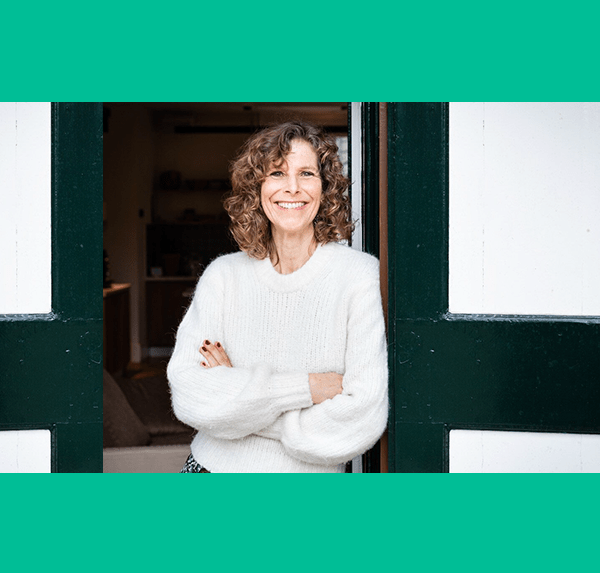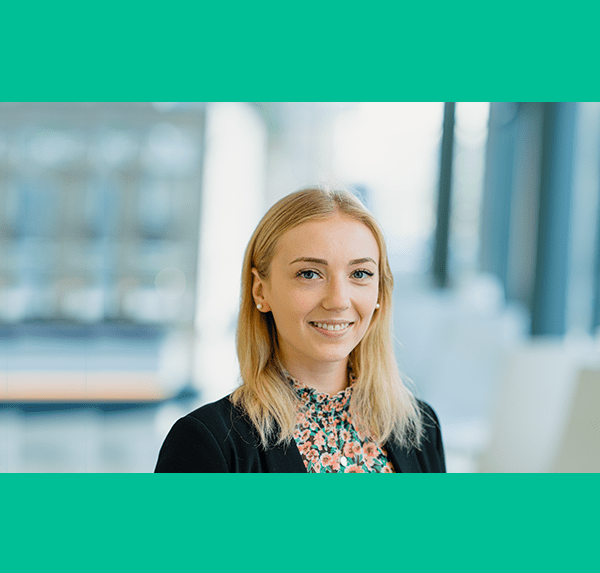EU Alumnus, Philipp Hana on Founding a Luxury Design Studio
A designer at heart, Philipp Hana decided to continue his studies with an MBA in Design Management at EU Business School in 2017. He now has his own design studio, specializing in photorealistic 3D visualizations for luxury brands and has worked on many exciting projects, from sportswear to superyachts!
How would you describe the role of a 3D design specialist?
A 3D design specialist is a generalist at their core, who is able to conceptualize, create and realize 3D content for different purposes. They can usually provide support in both design consulting and design development or creation.
Why do companies choose to use CGI in their marketing?
There are three major advantages we focus on. The first is the early production of marketing content. Very often, the final product or even the prototype is not available when marketing and sales teams want to tease a product launch or present images for e-commerce. With a 3D model, we do not need to rely on the prototype or have any sort of physical product to create a full image or video campaign. This also allows for early internal product design validation.
The second point is full creative freedom and flexibility. Creating a digital clone offers unlimited possibilities to present the product in unique environments. Also, having unlimited options to change colors, perspectives, materials, props and lighting in an instant makes for a highly flexible and fast process.
Finally, CGI ensures cost-effective and sustainable content production. A fully editable digital model allows for this without having to handle logistics, insurance, reshoots or re-scheduling with photographers, studios or models, all of which conserves financial and ecological resources.
Which project allowed you to use CGI in a surprising way?
I worked on a fun project during my internship at a premium Bavarian automotive manufacturer, where 3D methods were being used to determine the placement and size of a car’s interior. We had a library of hundreds of digitized products for the virtual fitting of a car, ranging from different beverage items to define cupholder sizes to luggage products to test the optimal arrangement inside the trunk!
How would you describe the visual style of your company?
One of the key styles we specialize in is photorealistic visualization. This might sound like an obvious choice, but it’s a category on its own. From a creative perspective, it’s hard to define a single visual style as we are working with many different clients that have specific brand and visual guidelines for marketing. However, while adapting to the guidelines of each client, we always stay true to our own unique visual style.
Why did you decide to focus on the luxury market?
It is a very challenging market as everything needs to be of the highest quality. When visualizing a luxury timepiece, for example, you need to focus much more on the photorealistic creation of textures and lighting to replicate the high-quality materials of its physical counterpart. The clients pay much more attention to detail, so it is very challenging but very rewarding from a technical and creative perspective.
It is a pleasure to work with beautifully designed and hand-crafted products in the most creative environments. The luxury market doesn’t get boring as there is always something innovative, progressive and extravagant in the making.
Currently, we are working with a small number of high-end companies and products, which allows us to focus our much-needed attention. Our current projects range from internal design process consulting for premium sportswear, to visualizing a tourbillon movement for a 64.000€ watch and creating an image campaign for a $100 million+ superyacht!
What is your favorite use of CGI in cinema?
There are many cases where the use of CGI is not as obvious or visible as in big animation films or fantasy and sci-fi productions. For example, integrating a bigger crowd for a sports stadium scene, or filling streets with 3D zombies instead of using extras.
For me, the technical development in fully animated movies by animation studios like Pixar is the most fun and astonishing, especially the animation of 3D characters’ facial expressions, along with hair and fur simulation.
Aside from the fully animated movies, one of the most impressive CGI animations has to be Smaug in the sea of gold coins in The Hobbit. Just thinking about the amount of work put into the details of such an enormous creature, combined with the technical knowledge to render it in such quality with all the additional visual effects – it makes my graphic cards nervous!
What is your least favorite use of CGI in cinema?
Any that is purely for the sake of having visual effects without a proper story to back it up. This unfortunately became a trend, where bigger, louder, more colorful and more shocking became the new maxim in most Hollywood productions. CGI should be the visual aid to bring a great story to life in ways that would not be possible using traditional live action formats. It will never make up for the lack of a good storyline or idea.
How do you see CGI technology evolving in the next decade?
It will become even more powerful as hardware and software packages evolve at lightning speed, allowing for faster calculations and more complex designs within a shorter timeframe. We will see a rise in photorealistic real-time applications such as product configurators and presentations. This will be heavily combined with mixed reality for virtual showrooms, try ons and experiences for all kinds of products. Another big disrupter will be the AI developments combined with 3D design.
Tell us how you found out about EU
My main goal was to find an MBA program with a specialization in design management. As not many schools offer this specialization, it was a quick search on the internet and a great match with EU.
After visiting for an open day, it was clear to me that this program was the right fit. With its focus on international business and design management, the MBA was the perfect addition to my previous design-oriented studies. The international focus and the extensive and all-rounded syllabus for each term proved to be very valuable in later managing my own company.
Another great advantage was the location of the campuses. I chose the Munich campus as it was most convenient for me, but having campuses in the most interesting locations in Europe is a great benefit for prospective students.











